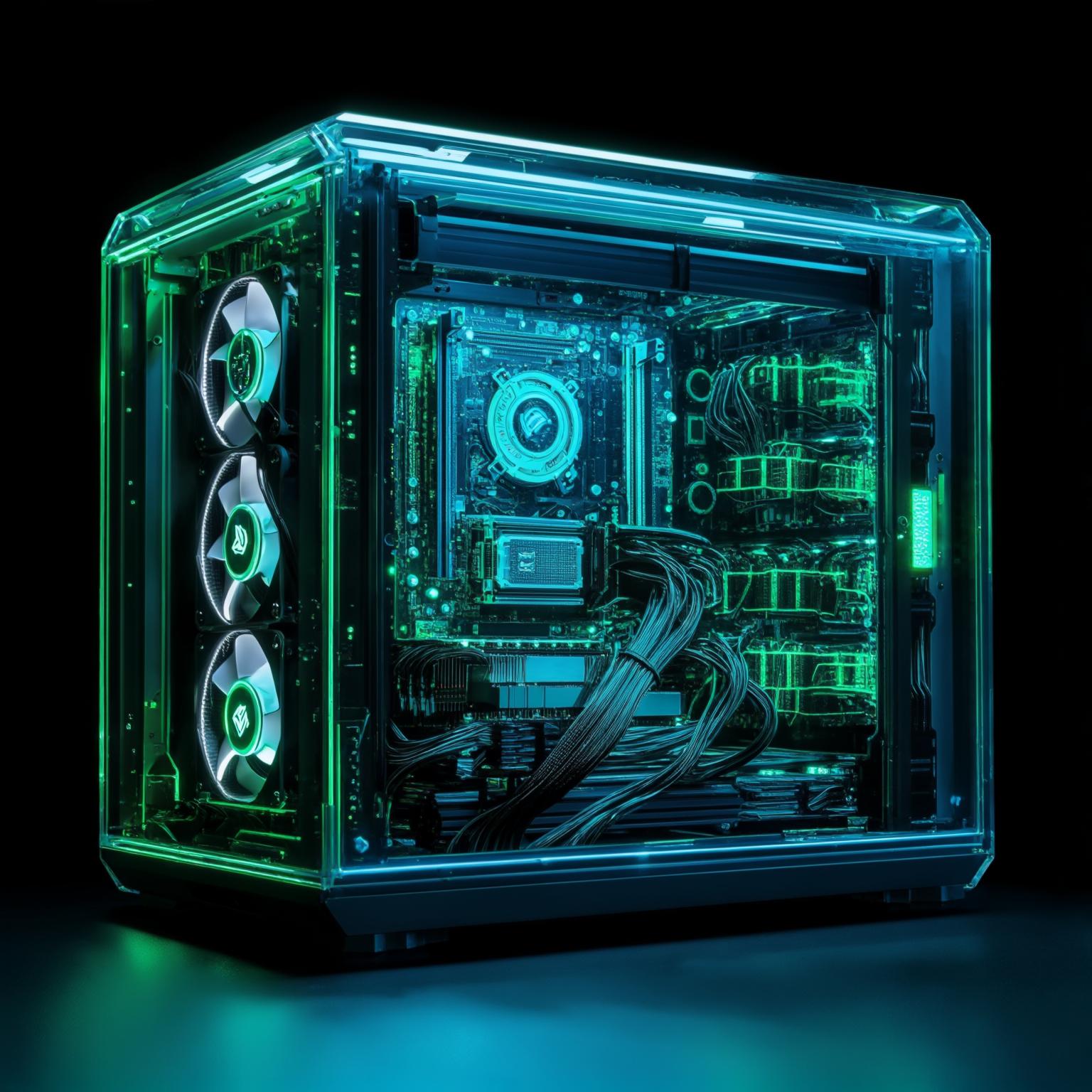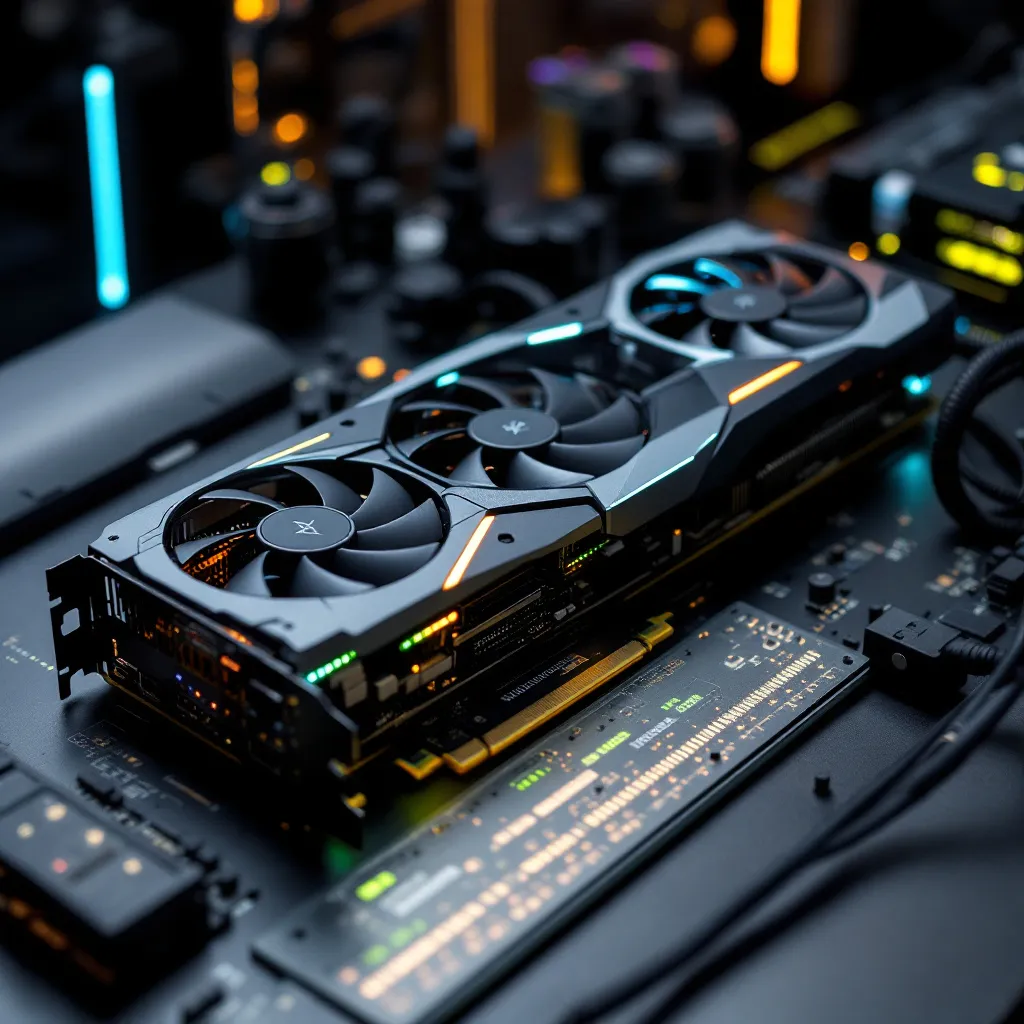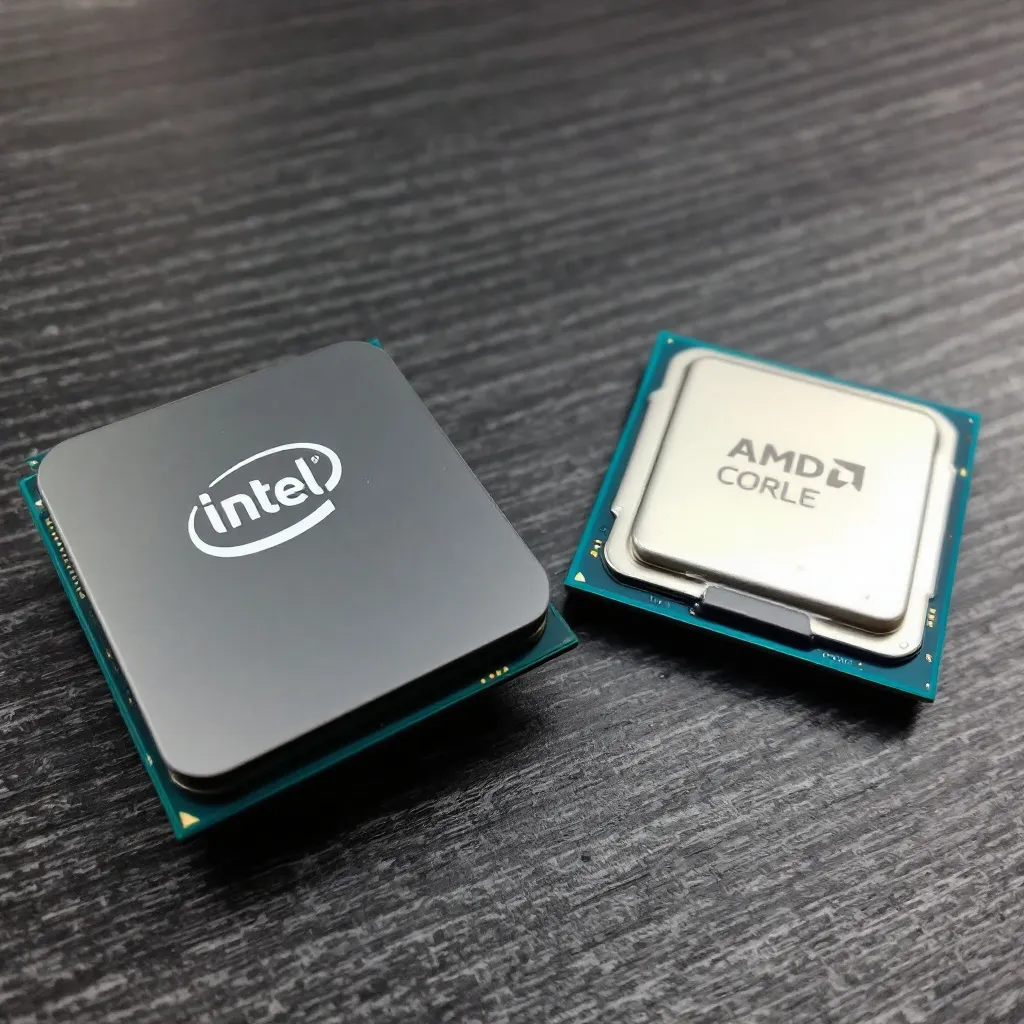Beyond the Digital Veil: The Mechanics of Mining
In our previous article, we introduced cryptocurrency mining as a process of creating coins and verifying transactions. Now, we delve deeper into the often-overlooked operational realities, the specialized tools of the trade, and the constant drive for optimization that defines this critical sector of the crypto world.
The Harsh Realities of Traditional Mining
While vital for network security and coin issuance, conventional cryptocurrency mining, especially Proof-of-Work, presents significant operational and environmental challenges.
Massive Energy Consumption
Proof-of-Work mining consumes vast amounts of electricity, comparable to entire countries. This leads to high operational costs and significant environmental concerns regarding carbon footprint.
Intense Heat & Noise
Mining hardware generates significant heat, requiring substantial cooling solutions. The constant operation of fans and equipment also produces considerable noise pollution.
Inefficient Infrastructure
Many mining setups are described as a "disaster" of makeshift solutions, with poor cable management, inadequate ventilation, and suboptimal space utilization, leading to further inefficiencies.
Water Consumption (Cooling)
Some large-scale cooling systems, particularly for extensive mining farms, can consume significant amounts of water, adding to resource strain in certain regions.
The Tools of the Trade: Specialized Mining Hardware
The quest for mining rewards has driven the development of highly specialized hardware, each with its pros and cons.

ASICs (Application-Specific Integrated Circuits)
Designed for one purpose: mining a specific algorithm (e.g., SHA-256 for Bitcoin). Offers the highest hashrate for that algorithm but lacks versatility and can become obsolete quickly with algorithm changes or new ASIC generations.

GPUs (Graphics Processing Units)
More versatile than ASICs, GPUs can mine various algorithms. They are a popular choice for many altcoins. However, high demand from both gamers and miners can inflate prices and create shortages.

FPGAs (Field-Programmable Gate Arrays)
Offer a middle ground between GPUs and ASICs. FPGAs can be programmed to mine specific algorithms efficiently, offering better power efficiency than GPUs for those tasks, but are typically more complex to configure.

CPUs (Central Processing Units)
CPUs (Central Processing Units) can also be used for mining some cryptocurrencies, especially newer ones designed to be CPU-mineable, but are generally not competitive for established PoW coins against specialized hardware.
The architecture of GPUs/FPGAs are optimized for parallel processing and handling a large number of simple calculations simultaneously, which makes them excel in tasks that can be parallelized. However, division is a more complex operation that can introduce latency and is not as easily parallelizable as other operations. RandomX as use in Moreno relies on a large number of random memory accesses and complex operations that benefit from the higher cache sizes and lower latency of CPUs. CPUs are better suited for tasks that require more complex logic and branching, which is often the case in algorithms like RandomX.
Measuring Mining Might: Key Performance Metrics
Understanding mining performance requires familiarity with specific metrics that vary by algorithm and hardware.
| Metric | Unit | Commonly Associated Algorithms/Coins | Description |
|---|---|---|---|
| Hashrate | TH/s, GH/s, MH/s | SHA-256 (Bitcoin), Scrypt (Litecoin), Ethash (Ethereum Classic) | The number of hash calculations performed per second. Higher is better. e.g., ~550 – 900+ TH/s (High-end ASICs for Bitcoin) e.g., ~28.5- 95+ GH/s (High-end ASICs for Litecoin/Dogecoin) e.g., ~10 - 24+ GH/s (Often refers to older or large GPU farms for Ethash-like algos) |
| Solutions per Second | KSol/s, Sol/s | Equihash (Zcash, Horizen) | Measures the rate of finding solutions for memory-hard algorithms like Equihash. e.g., ~1200-4200+ KSol/s (High-end ASICs for Equihash) |
| Specialized Hashrates | TH/s (Algorithm Specific) | Blake2b-Sia, Kadena, etc. | Some algorithms have their own hashrate benchmarks often expressed in TH/s or similar, tailored to their specific computational demands. e.g., ~105-350+ TH/s (High-end ASICs for algorithms like Kadena) |
| Power Efficiency | Joules/TH (J/TH), Watts/MH (W/MH) | All | The amount of energy consumed per unit of hashrate. Lower is better, indicating more efficient hardware. |
These metrics are crucial for miners to calculate potential profitability and compare hardware capabilities.
Approaches to Mining: Strategies for Success
Miners employ different strategies based on their resources, risk tolerance, and technical expertise.
Solo Mining
A miner attempts to solve blocks independently. If successful, they receive the full block reward and transaction fees. However, for high-difficulty networks like Bitcoin, the probability of a solo miner finding a block is extremely low without immense hashrate.
- Pros: Full reward if a block is found.
- Cons: Highly unpredictable income, requires substantial hashing power for major coins.
Pool Mining
Miners combine their computational resources in a "pool." When the pool finds a block, the reward is distributed among participants proportional to their contributed hashrate, minus a small pool fee. This provides more consistent, smaller payouts.
- Pros: More regular and predictable income. Lower barrier to entry.
- Cons: Rewards are shared; pool operator fees. Centralization concerns if pools become too large.
Cloud Mining
Users rent hashing power from a company that owns and operates mining hardware. This eliminates the need to buy or manage physical equipment but comes with its own set of risks, including contract legitimacy, lack of transparency, and reliance on the provider.
- Pros: No hardware setup or maintenance. Access to mining without technical expertise.
- Cons: High risk of scams. Often less profitable than direct mining. Fees and contract terms can be unfavorable.
The Unyielding Drive for Efficiency
The world of cryptocurrency mining is a high-stakes arena defined by razor-thin margins and an unceasing technological arms race. The challenges of energy consumption, heat dissipation, and hardware optimization are paramount. This relentless pursuit of efficiency is not just about profit; it's increasingly about sustainability and the long-term viability of PoW networks. Innovations that can drastically reduce energy use while maximizing computational output are desperately needed and highly valued.
